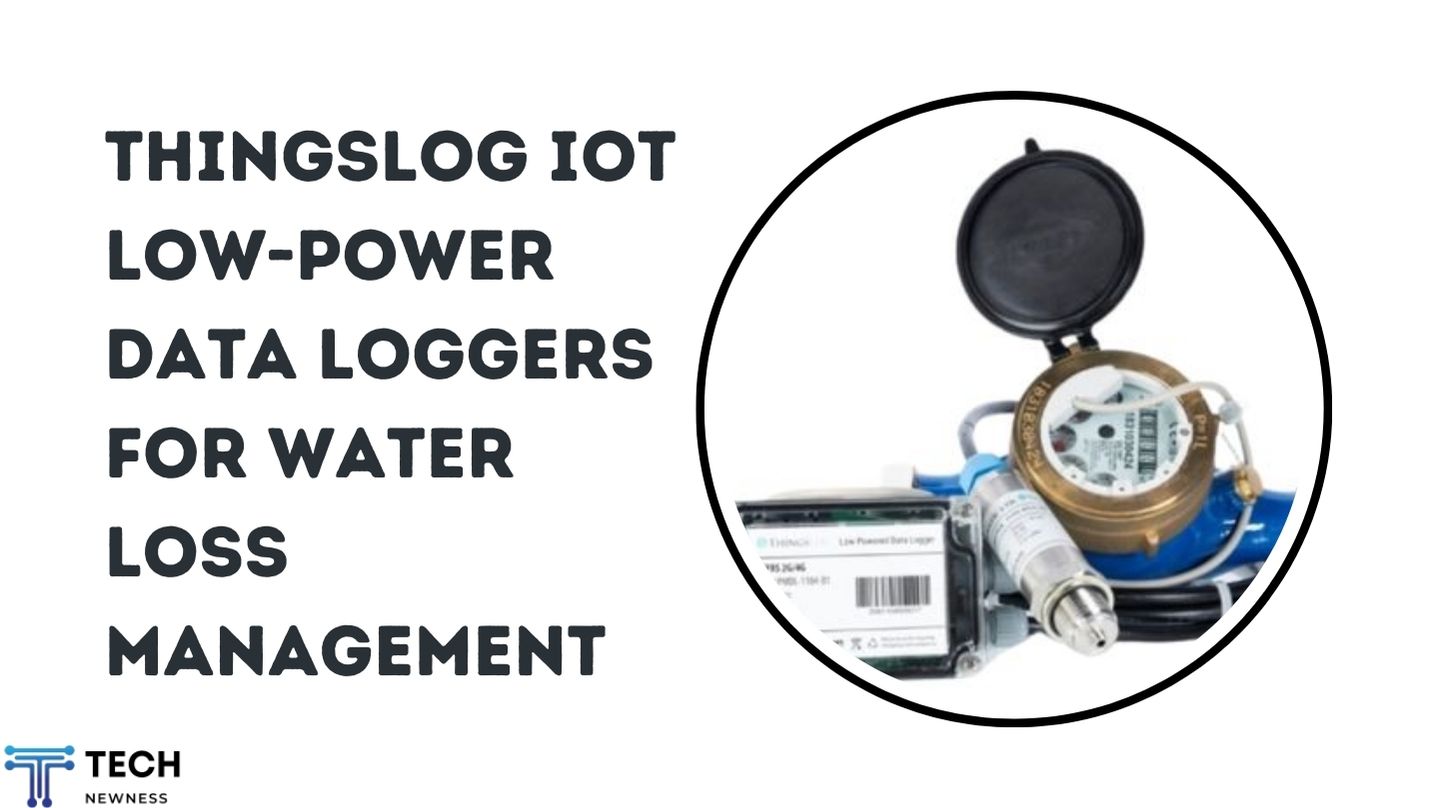Applications of IoT and 4G Data Loggers in Water Loss Management
Water loss due to leaks, inefficiencies, and unauthorized consumption is a pressing issue for water utilities and industries globally. Addressing this challenge requires robust monitoring solutions that provide actionable insights. IoT data loggers and 4G data loggers from ThingsLog are transforming water loss management with their advanced capabilities. These devices deliver real-time data and help optimize water networks with minimal operational costs. Below, we explore their key applications.
Applications of IoT and 4G Data Loggers in Water Loss Management
1. Leak Detection with IoT Data Loggers
One of the main culprits of water loss is undetected leaks, which can persist for long periods and waste significant resources. ThingsLog IoT data loggers continuously monitor flow rates, pressure, and consumption, enabling rapid detection of irregularities. With real-time alerts sent via 4G connectivity, maintenance teams can address leaks promptly, reducing water wastage and mitigating costly damage to infrastructure.
2. Non-Revenue Water Reduction Using 4G Data Loggers
Non-revenue water (NRW) refers to water produced but not billed, often lost to leaks, theft, or meter inaccuracies. IoT data loggers allow utilities to analyze flow and pressure data from multiple points in their distribution networks. Discrepancies in these readings help identify problem areas, enabling targeted interventions to recover lost water and revenue. The 4G data loggers ensure seamless, real-time data transmission for timely decision-making.

3. Remote Monitoring of Water Distribution Systems
Water utilities frequently manage networks that span vast geographic areas, including remote and inaccessible regions. IoT data loggers, equipped with low-power operation and 4G connectivity, are ideal for such scenarios. These devices provide reliable monitoring of flow and pressure without the need for frequent maintenance or manual data collection. Their wireless capabilities enable utilities to oversee remote assets efficiently, saving time and resources.
4. Proactive Maintenance with IoT and 4G Data Loggers
Scheduled maintenance often overlooks emerging problems, leading to unexpected breakdowns. IoT data loggers monitor the health of water infrastructure in real time, detecting anomalies like pressure drops or erratic flow patterns. Paired with 4G data loggers, these insights are transmitted instantly to central systems, allowing operators to initiate repairs proactively. This approach prevents system failures, reduces downtime, and lowers maintenance costs.
5. Environmental Sustainability
Water conservation is a critical goal in today’s resource-conscious world. IoT data loggers empower water utilities to adopt sustainable practices by minimizing water loss and optimizing resource use. The energy-efficient design of these devices further aligns with environmental goals, supporting long-term sustainability efforts.
6. Seamless Integration with IoT Ecosystems
ThingsLog IoT data loggers are designed to integrate easily with other IoT devices, creating a unified ecosystem for water management. For instance, data from 4G data loggers can be combined with weather sensors or soil moisture monitors to gain a holistic view of water dynamics. This integrated approach enables smarter, data-driven decisions that maximize efficiency.
Conclusion
The innovative use of IoT data loggers and 4G data loggers by ThingsLog is redefining water loss management. These devices provide precise, real-time insights that help utilities detect leaks, reduce non-revenue water, and optimize water networks. With their remote monitoring capabilities and seamless connectivity, they are indispensable tools for sustainable and efficient water management.
As water challenges grow globally, investing in IoT and 4G data logger technology is no longer optional—it’s a necessity for future-proofing water resources and infrastructure.
See Also: The Evolution of Roaming: How IPX is Enhancing Global Mobile Connectivity





